Photo: File Photo
PAPER USAGE
Paper consumption on campus is out of control. Members of the Drake Environmental Action League take personal offense to the amount of trees dying for our higher education.
The paper usage on campus is one that is mixed.
Positively, Drake took a very critical step in making sure that the paper we use is more sustainable. Backed by Student Senate, Drake students asked the administration to support a paper standard that mandated all of our future paper purchases contain 30 percent post-consumer waste (that is, it’s recycled and recovered paper) and is certified by the Forest Stewardship Council (FSC). With the FSC seal, Drake can be assured that our paper comes from sustainable harvesting practices while also contributing to the welfare and livelihoods of rural communities worldwide. This step showed Drake’s commitment to creating an institution that fosters responsible global citizenship.
Despite these advances, there are several ways that Drake can improve its paper usage, primarily to decrease overall consumption. While the paper Drake plans to purchase comes from sustainable sources, we are still using a lot of paper. As is often the case, just switching to a product that is “less bad” doesn’t necessarily make it “good.” For Drake to truly show its commitment to forest protection, it should begin taking the necessary steps to become a paperless campus.
In classrooms there are professors that put most of their assigned readings and lectures online, yet there are those that assign lengthy course packets and print off every PowerPoint slide they present. This is wasteful and unnecessary. Drake has access to eReserves and Blackboard for the purpose of saving paper. While some professors properly use these sites, many do not. Also, why do professors feel the need for paper copies of assignments to be turned in? Most (if not all) students use computers to type up their essays and create their projects, so why not allow us to email the finished product?
Administration also uses a large amount of paper, although to their credit, many forms are making the transition online. Despite this, once an online form is filled out, it is often printed off. Paper is still used. Putting a form online is used only as a way to easily reach students, not to cut back on paper usage. All of Drake’s forms should not only be online, but they should also stay there. Searching through a well-organized computer data base is much easier than manually scouring folders with paper leaves falling out of them.
Another major source of paper waste comes from students. We cover the sidewalks and buildings with posters that eventually wash off or are blown away, just littering our local environment. Posters should be eliminated from events and replaced with online advertising (we do live in the era of Facebook and Twitter). This not only cuts down on litter, but also saves precious student fees from being wasted.
Despite Drake’s growing concern with excessive paper usage as an institution, the university is also poised to expand printing. Plans are underway to give every student a certain amount of copies each semester. This plan is not only responsible for an increase in tuition, but will also encourage people to print out tons of paper. Think of your friends in the pharmacy school and how many times they print off documents rarely thinking about the consequences of it. The mentality of “Well, I paid for all of these copies so I should use them,” just fuels waste. This policy was an unwise decision.
While the paper we do use is largely sustainable, we do not use it wisely. Instead, we are encouraging paper consumption and allowing faculty, staf, and students to use as much paper as they want. This situation is one that requires a serious discussion if Drake is actually committed to becoming a paperless university.
PAPER USAGE
Rooms in the residence halls come stocked with a recycling bin that gets emptied once a week. But what happens when you are strolling around campus and finish your bottle of pop? Are you going to hold that bottle until you get back to your room or are you going to throw it in the trash, or worse — on the ground?
As DEAL members roamed campus to discover the truth about Drake recycling, we realized there is a lot more our university could be doing to lessen overall trash consumption. Though Drake has done a lot in the area of recycling, including establishing single-stream recycling, there is still tons of room for improvement. At some areas around campus it is easy to utilize our recycling potential, such as in Cowles Library and the Dial Center, where there are approximately the same amount of recycling and trash bins, 12 and four respectively.
However, at other places around campus it can be seemingly impossible to find recycling bins. Old Main and Medbury Hall have over twice the amount of trashcans than recycling bins, whereas Olin has 50 recycling bins (mostly located in offices) and nearly 100 trashcans. DEALers could only manage to locate four blue bins in the labyrinth that is the Fine Arts Center, while simultaneously failing to keep track of the amount of trashcans, and Olmsted has 22 trash bins and only five recycling bins.
But even worse is the recycling situation outdoors; Drake has absolutely no recycling bins out around campus. Drake has already done most of the work by establishing single-stream recycling, making it easier for students to recycle without having to worry about separating different materials. By increasing the number of recycling bins, both in buildings and around campus, students would have a much greater opportunity to utilize Drake’s already impressive recycling system and really make a difference in the amount of trash we produce.
PAPER USAGE
On a planet covered in water, we seem to forget how much of a limited supply of fresh, drinkable water we actually have available to us. Drake, too, seems to forget this at times.
Water use on campus leaves something to be desired. That’s not to say that there are not some decent elements of the way Drake waters campus. Sprinklers only run between dawn and dusk, which prevents water from evaporating before it has a chance to sink in.
However, probably everyone on campus has seen the sprinklers working during the rain or attempting to make the sidewalk grow. This is a blatant waste of water. It is our understanding that the sprinklers have manual shut-off valves, just for those cases. Nevertheless, the grass (and sometimes the buildings) continues being watered needlessly during storms and rain. Steps need to be taken in a way to use water sustainably.
It is understandable to want campus grass to be green and flowers to be alive, but it is possible that the sprinklers could be run less often and the grass stay equally as green. After all, plants and grass survived fine before running water existed, so there is no reason to believe that they would die if they received a little less water from the sprinklers.
Sodexo: What they did right
Everyone on campus seems to hate on our food provider, Sodexo, even though it seems to be making a real effort to increase its sustainability. In the past three years, Sodexo transitioned from Styrofoam to paper cups, and eliminated the use of trays in Hubbell. Paper decomposes in landfills in about four weeks, whereas Styrofoam virtually stays in the ground forever. The elimination of trays reduces the amount of water and chemicals needed during cleaning, and also reduces food waste by encouraging students to take only what they can carry in their hands.
Sodexo works to reduce food waste by constantly tracking the number of students in dining facilities to see which stations are the most popular. This allows them to make less food during slower times and more food at more popular stations.
As of fall 2009, Sodexo has been providing reusable eco-totes to all incoming first-year students. This is a partnership between Sodexo and Drake University with the goal of increasing student participation in sustainability initiatives and to eventually eliminate the use of plastic bags on campus. Sodexo attempts to get students involved by selling reusable coffee mugs at both coffee shops, coupled with a $0.10 discount with each use.
Other sustainability initiatives of Sodexo include the use of 100 percent recycled napkins, post-consumer recycled paper fiber coffee cups and sleeves, and the purchasing of local and organic products.
The local products include Wells’ Blue Bunny ice cream, which is the largest family-owned ice cream manufacturer in the USA and is located in Le Mars, Iowa. Other local products include a partnership with Loffredo’s Produce Company which partners with local farmers. Sodexo can purchase local produce, such as corn and tomatoes, whenever they are in season or available. Sodexo has developed a partnership with farmers in northeast Iowa to purchase grass-fed, antibiotic-free beef for hamburgers (this meat is available upon request at the Grill Line in Hubbell).
Sodexo has participated in “Caught Green Handed,” which is a positive-reinforcement program with DEAL to give students a token for participating in environmentally friendly actions that can then be exchanged for a cookie at the Olmsted coffee shop.
Sodexo has also participated in researching, developing and establishing the single-stream recycling program on campus.
Finally, Sodexo is currently researching more sustainable initiatives. These include composting and other reusable options. Composting is difficult to implement due to city regulations and restrictions, which limit what our facilities staff would be capable of doing in an urban setting.
Other reusable options possible for campus include providing to-go cups and food containers to students. To-go cups, such as Nalgene-type bottles, are challenging because of health code regulations in terms of cleanliness and cross-contamination. Clam Shells are being researched as to-go food containers, but this program would also need the approval of the state health department.

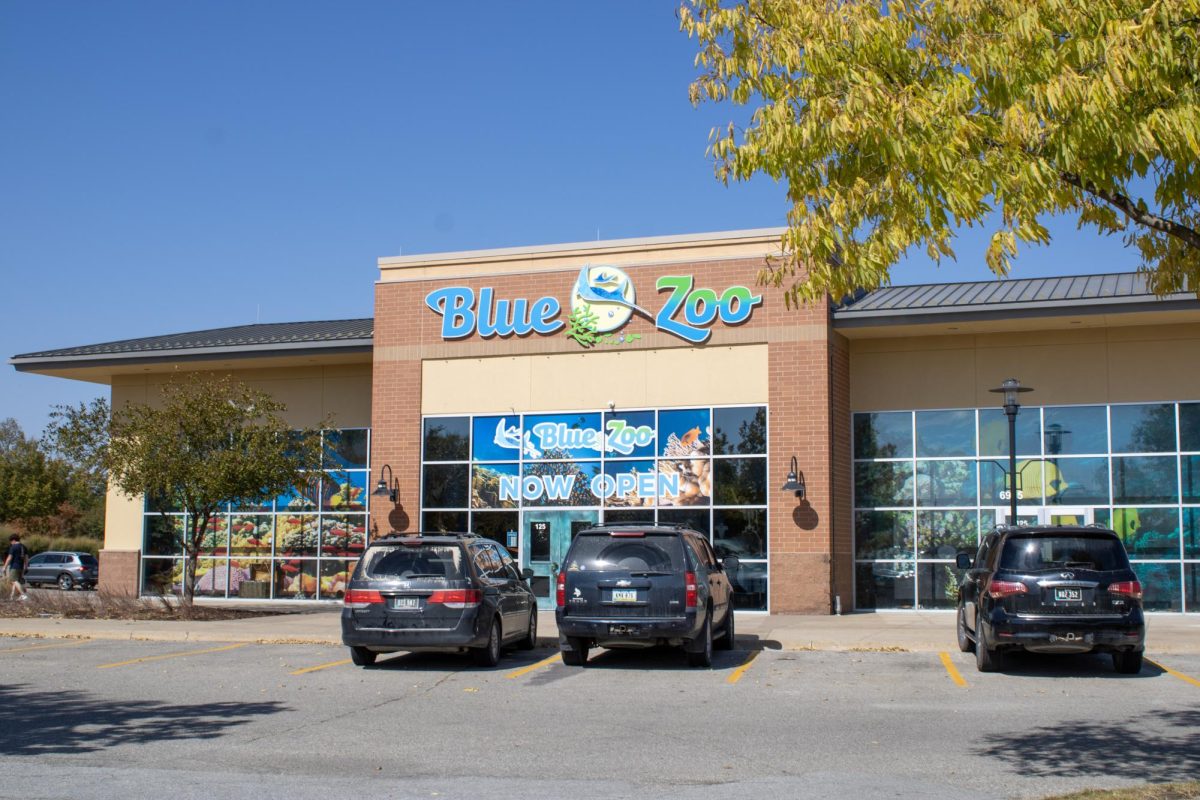
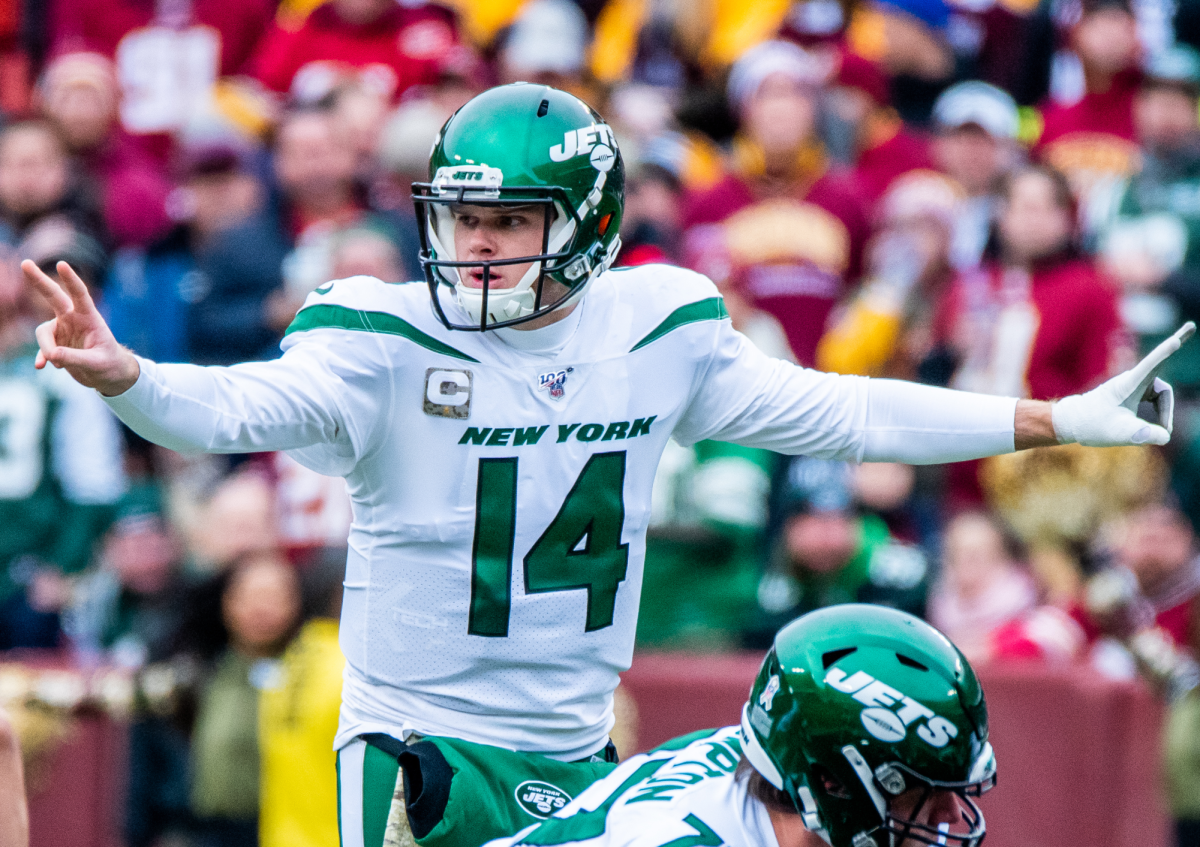
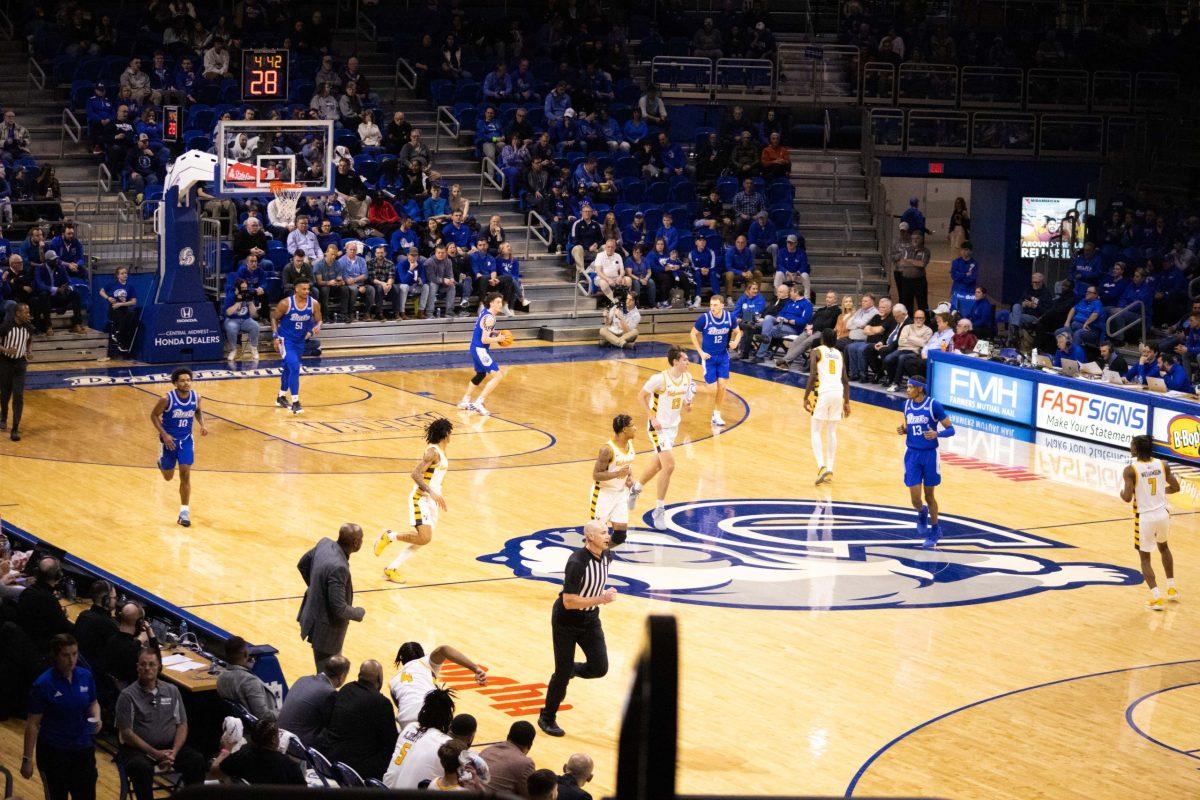
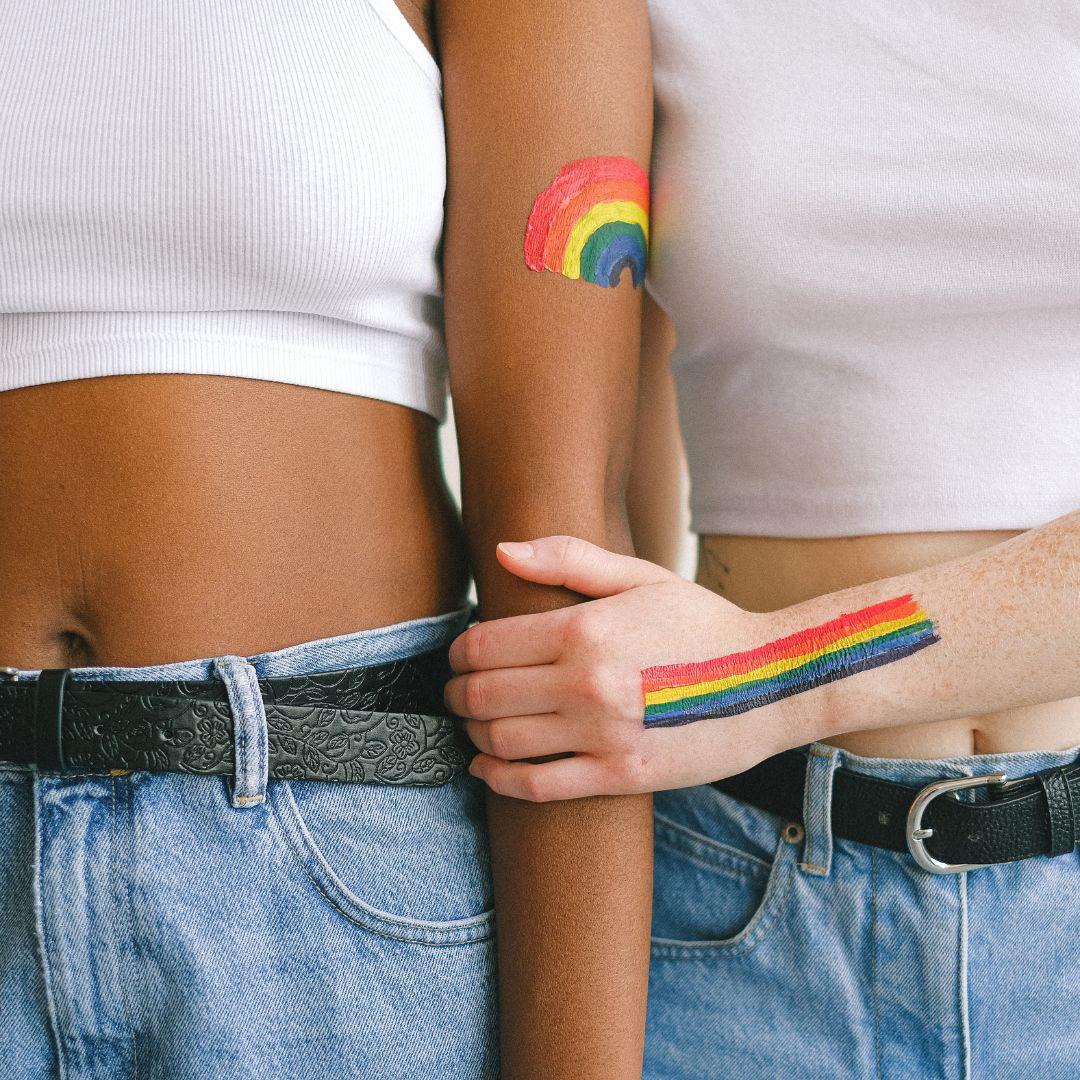
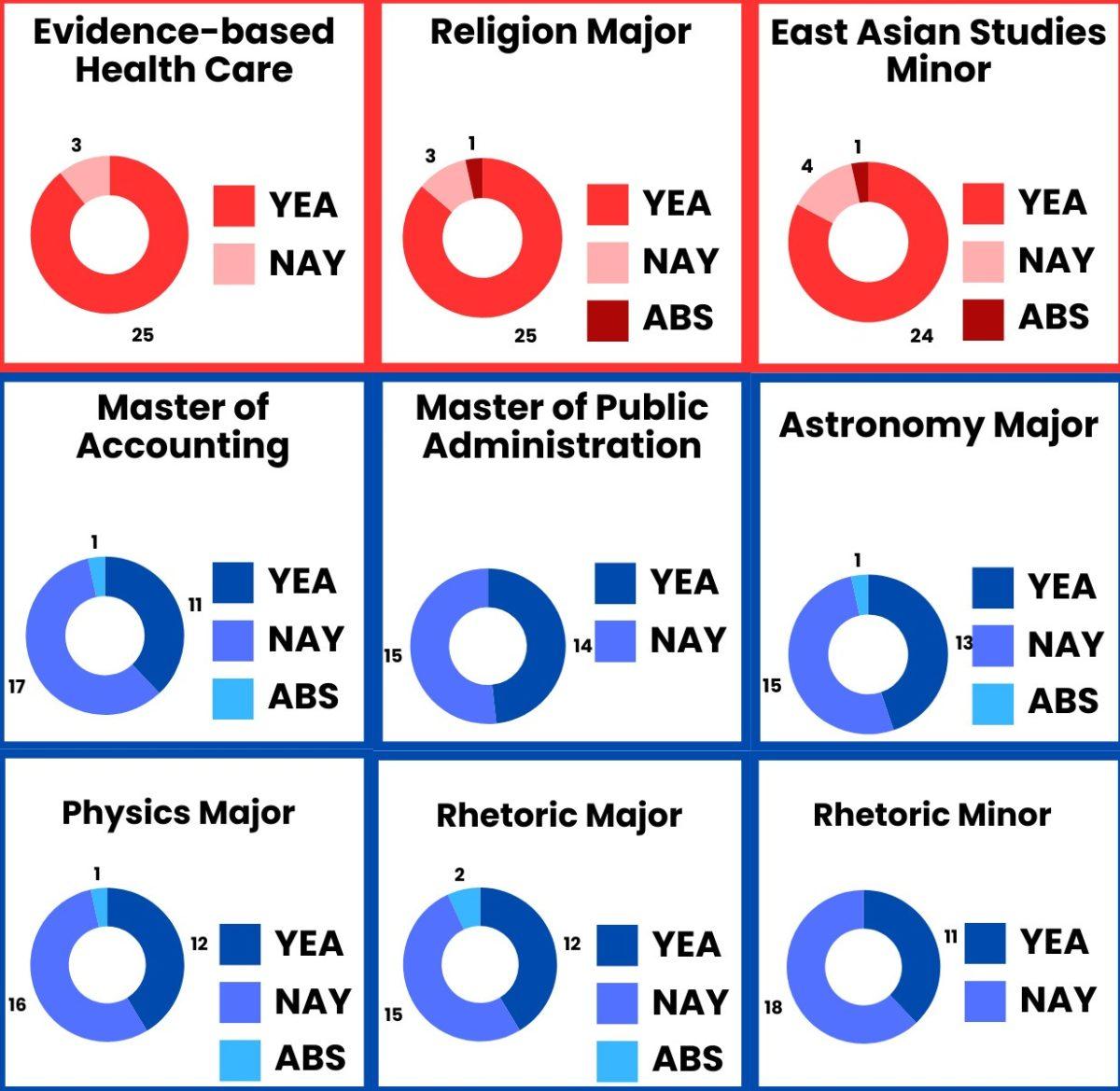
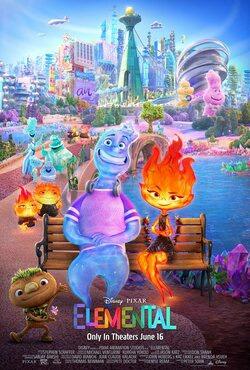
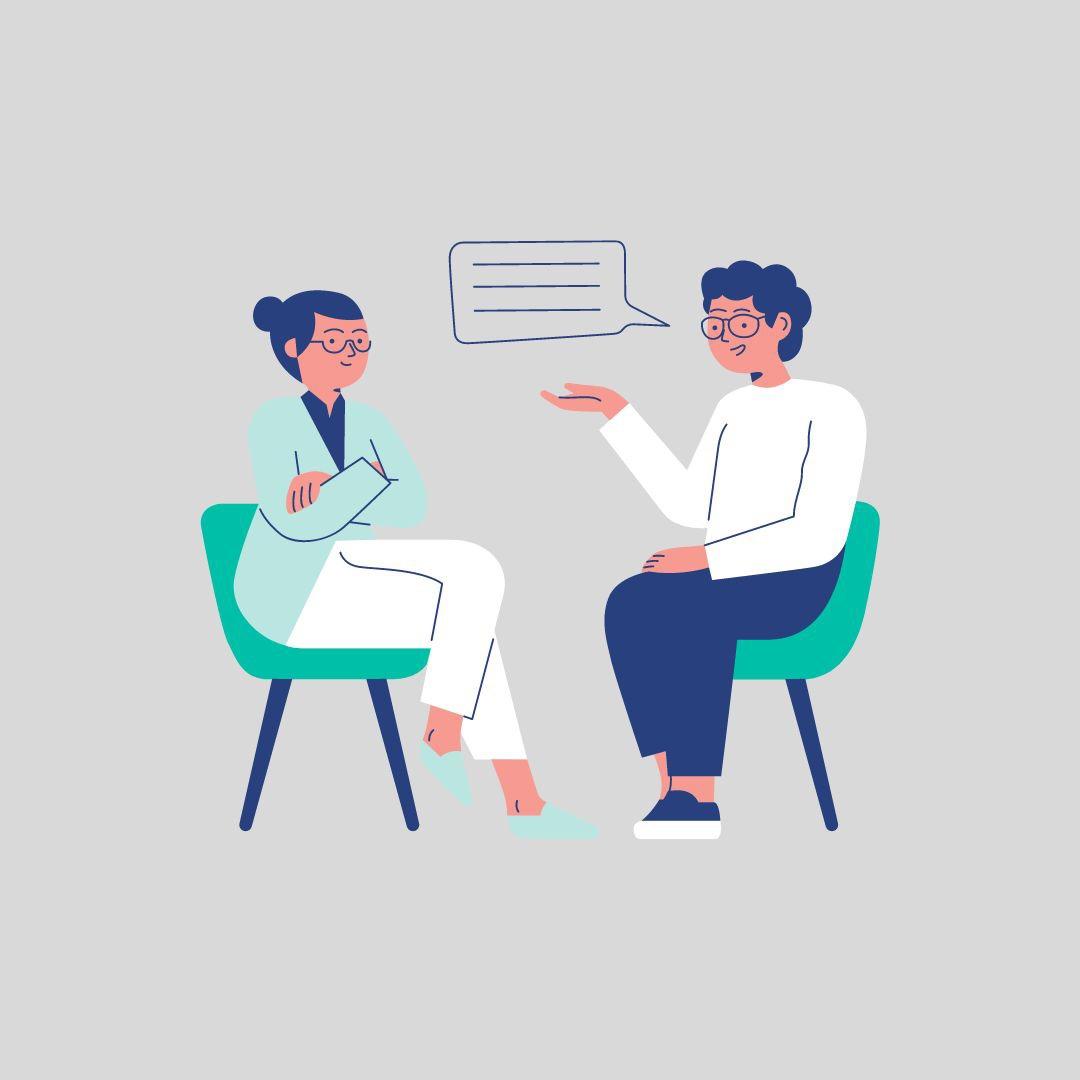
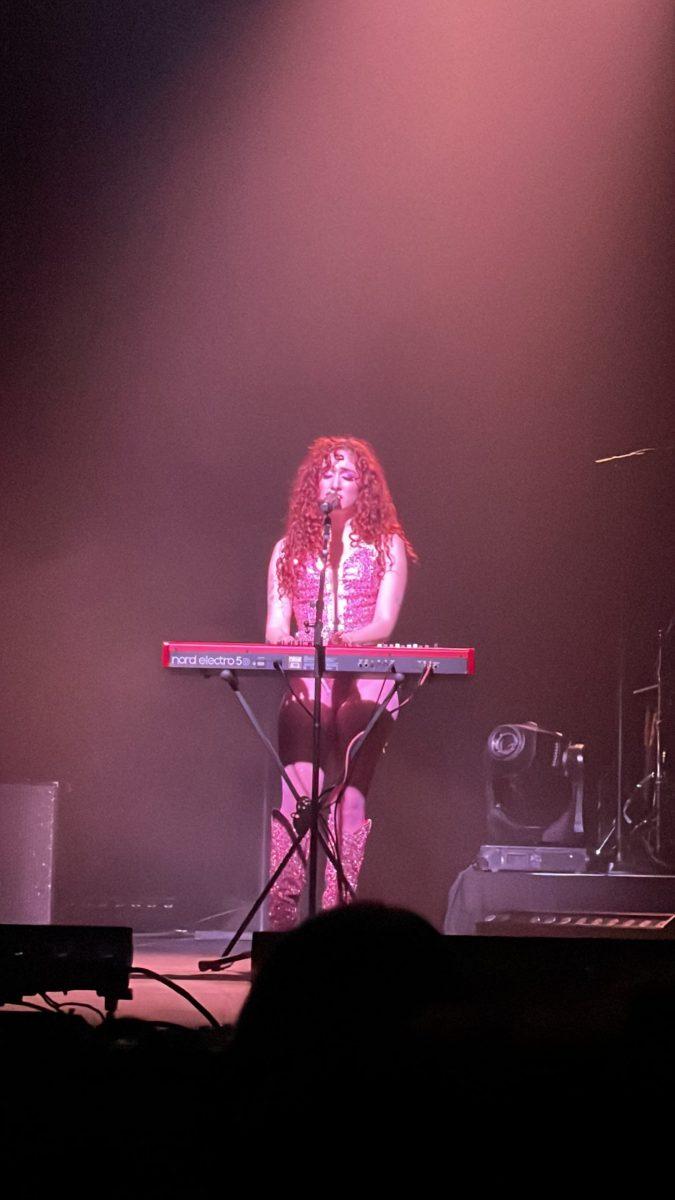
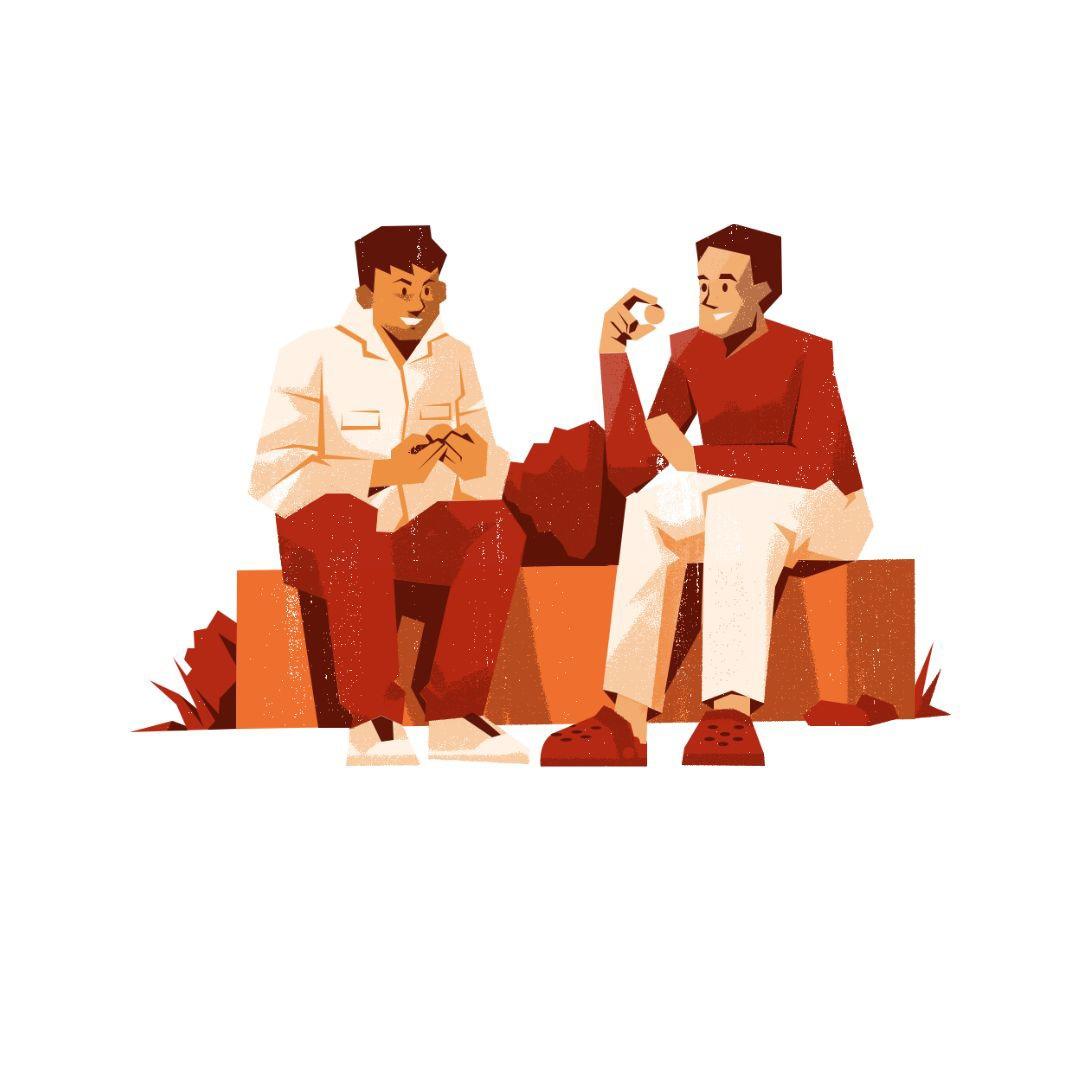
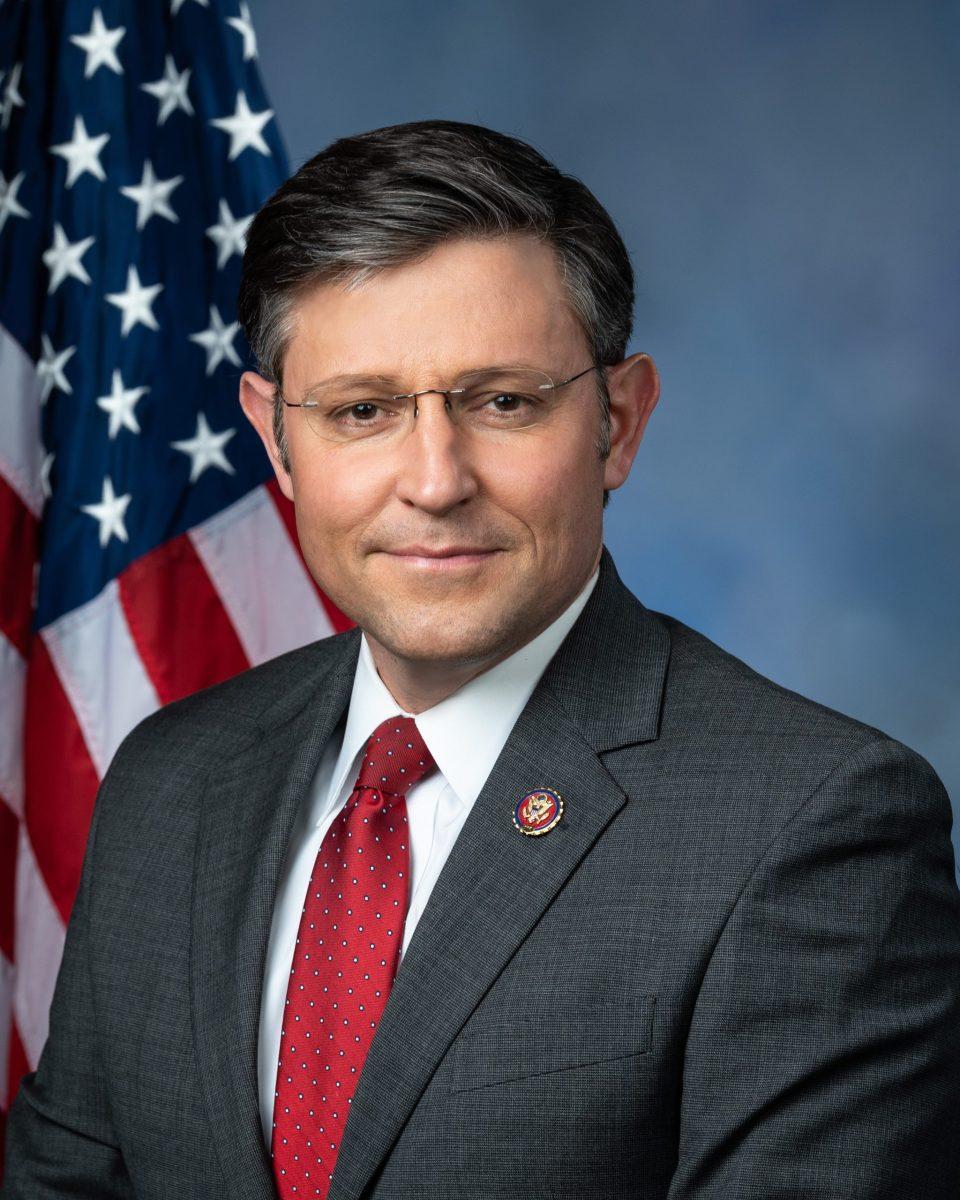
student • Apr 27, 2011 at 1:20 am
to answer the question in the title of the article: no, drake isn’t really green.